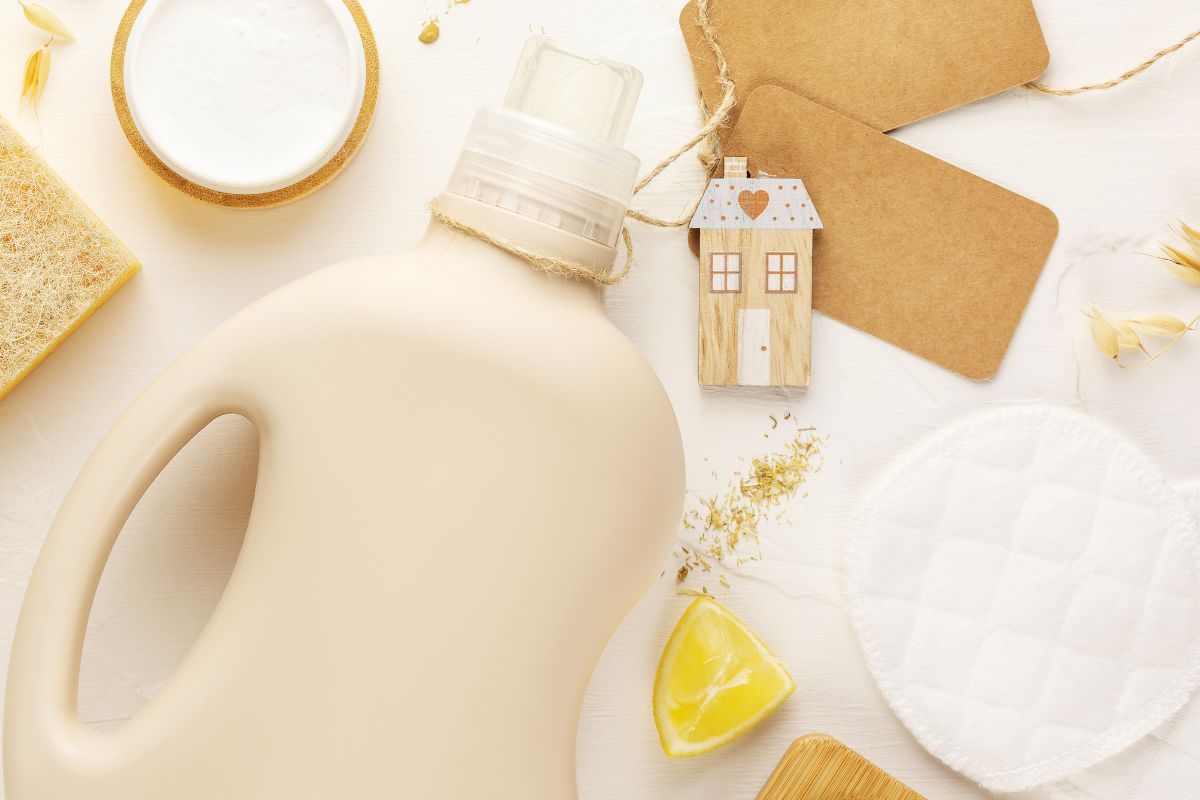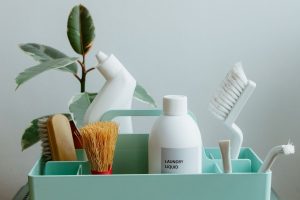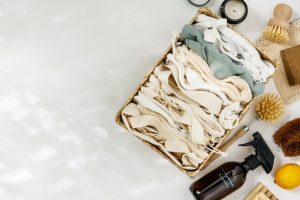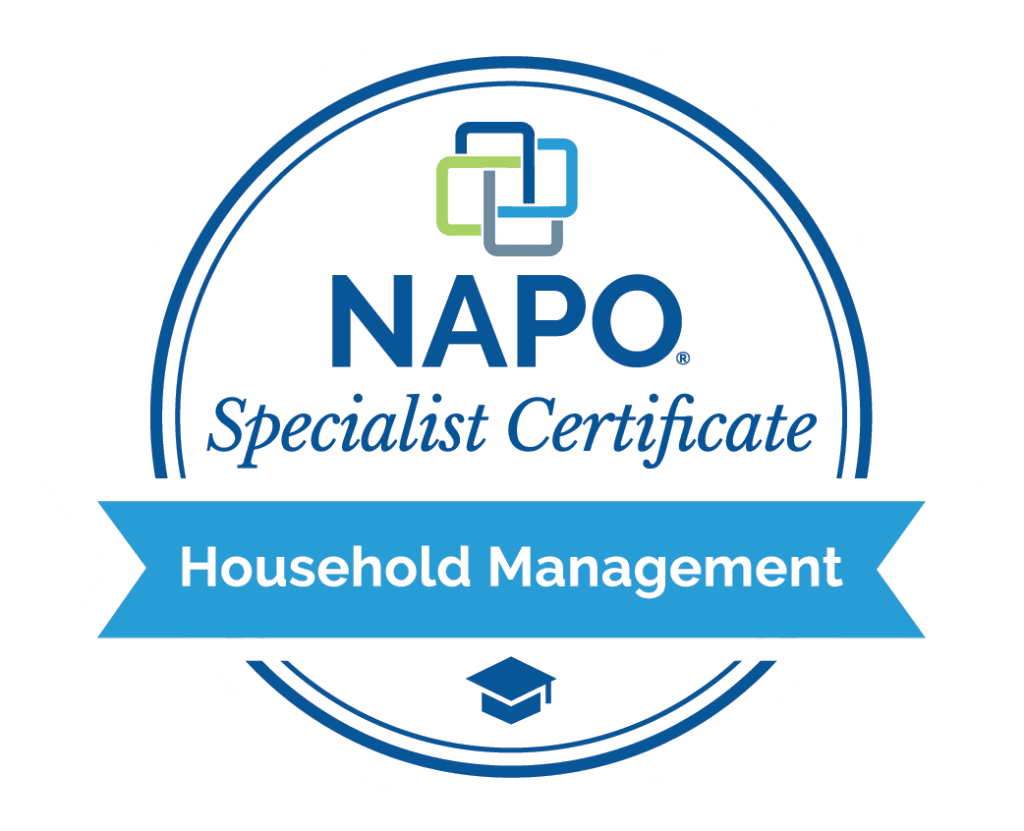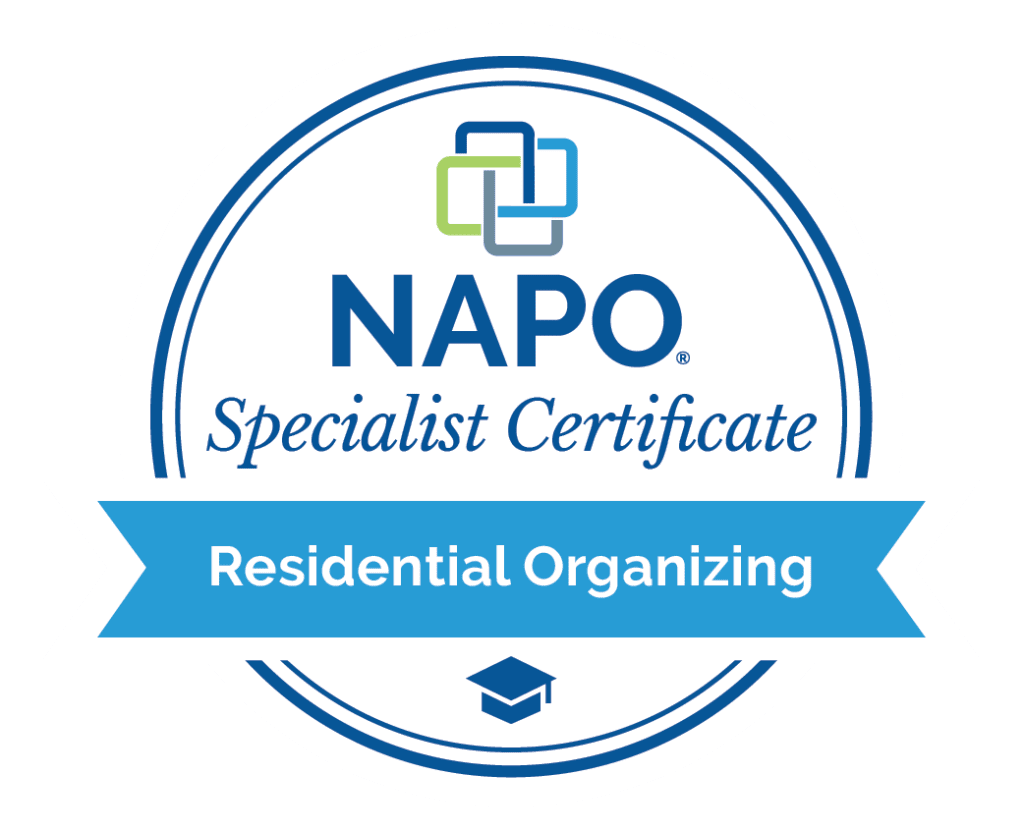Debunking Cleaning Myths: What Really Works for Your Home
We often cling to familiar cleaning advice in our quest for spotless homes. But are these time-honored tips truly effective? We’re questioning the old wisdom. Is vinegar the wonder cleaner we’ve always believed in? Does baking soda really freshen carpets, as we’ve been told? Join us as we dive into these household beliefs, unraveling myths from truths.
1. Vinegar
One of the most common cleaning myths circulating for years is the idea that vinegar is a cure-all solution for all types of cleaning problems. While vinegar can be a helpful cleaning agent for specific tasks, it is not always the best choice and can cause damage to metal, glass, some ceramics, and stones, as well as damage to grout. In addition, using vinegar as a disinfectant is ineffective against certain bacteria or viruses. Researching and understanding the limitations of using vinegar as a cleaning solution is important to ensure you’re using the right tools for the job.
Alternatives to Vinegar
2. Baking Soda on Carpets
This one is popular. Baking soda will absorb odors; we all know that. But if the source of the odor is beneath the carpet or remains in the carpet, it’s only a temporary solution. For example, pet urine soaks into carpet fibers and the pad. It may penetrate the carpet pad and subfloor if the pet continues to eliminate there. Neutralizing each contaminated layer removes the odor. The carpet, backing, pad, and possibly subfloor must be decontaminated to eliminate odors. Simply sprinkling baking soda on the carpet will only absorb moisture from the fibers and will not neutralize the urine contaminants or the other layers of contamination beneath the fibers. Instead, clean spots immediately and have your carpets cleaned once a year.
3. Newspaper for Cleaning Windows
Using newspapers for cleaning windows and glass might have been effective in the past, but modern newspapers are thinner and tend to leave ink streaks and paper fragments, unlike their sturdier predecessors. Environmental trends towards recycling and digital news have also reduced the availability of newspapers. Today, advancements in cleaning technologies, such as microfiber cloths and eco-friendly solutions, offer superior, sustainable alternatives that align with current environmental priorities and are safer for various glass types, signaling a shift towards more effective and eco-conscious cleaning practices.
Our Window Cleaning Must-Haves
- Telescoping Extension Pole, Window Squeegee, and Scrubber Combo
- Best Sellers – All-Purpose Microfiber Cloths
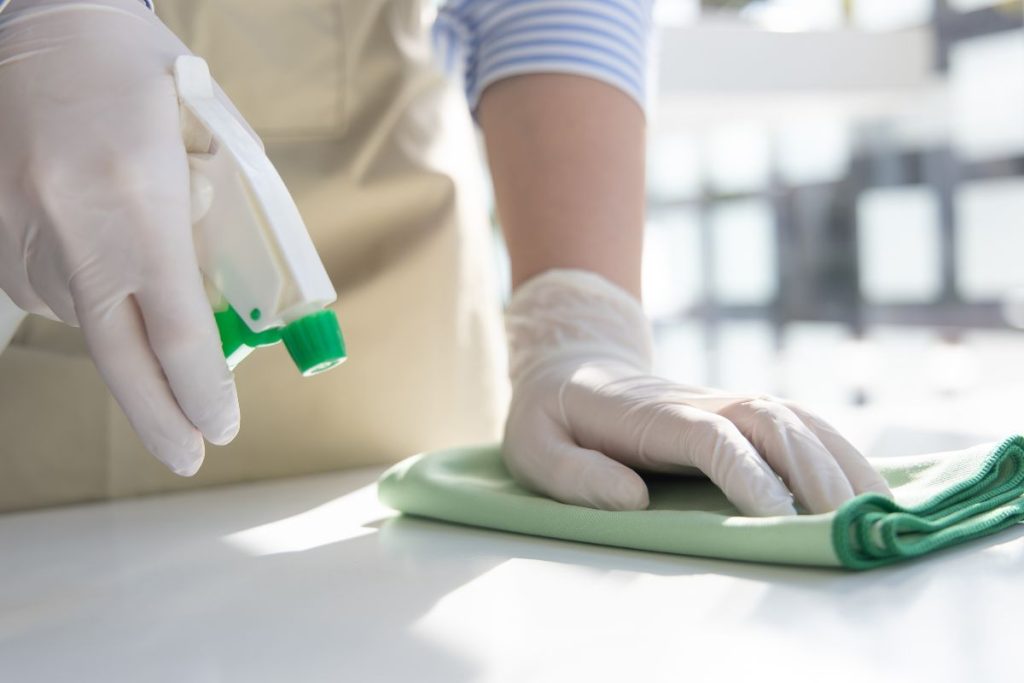
4. Spraying Disinfectant Removes All Viruses and Bacteria
Disinfectant sprays can only reach the surfaces sprayed on and may not effectively remove viruses and bacteria from hidden or hard-to-reach areas. Following proper cleaning and disinfecting procedures is essential, including using the appropriate disinfectant for the specific type of microorganism you are trying to remove and allowing sufficient contact time for the disinfectant to work effectively. Read the instructions on your favorite cleaning product label to see how long it takes to disinfect, as some can take up to 10 minutes or more to work if disinfecting.
5. Self-Cleaning Ovens Do It All Themselves
A self-cleaning oven uses high heat to reduce small food particles to ash. If the oven hasn’t been cleaned regularly, the self-cleaning cycle may not be enough to remove all the grime and dirt, and some manual cleaning may still be required, and you still need to wipe it down afterward to remove the ash and soot.
6. Ketchup as Silver Polish
While it’s true that ketchup can help to remove tarnish from silver, it’s not the best or most effective method for cleaning your silverware. The vinegar in ketchup is “supposedly” doing the polishing, and its concentration in ketchup is far too low to be effective. Good silver polish is very inexpensive. Wright’s Silver Cream is a great product. I would also recommend using a cellulose sponge rather than the sponge provided with the silver cream, as a cellulose sponge will be more gentle on silver.
7. Green Cleaning Products are All Safe
A green label doesn’t mean a product is safer than others. The words “natural,” “plant-based,” “non-toxic,” “free of,” and “eco-friendly” are examples of greenwashing. These terms are frequently used to give a product a healthy appearance. For instance, a “natural” or “plant-based” product doesn’t mean it’s safe and may still contain dangerous ingredients. Furthermore, just because a product is labeled as “eco-friendly” using less plastic in its packaging does not necessarily mean it is not potentially toxic. For example, a cleaner can be designated green if it uses less water than other cleaners. Always read labels before using cleaning solutions.
8. Mouthwash Cleans Washing Machines
In theory, this could work, but you’d need a much more concentrated solution in much higher amounts to be effective. Instead, use elbow grease and occasionally run an empty load with bleach, as most manufacturers recommend. If bleach isn’t something you like to use, you can buy washing machine cleaners that are quite good.
9. Myth: Car Wax for Cleaning Cooktops
This is extremely dangerous. While it might give a polished appearance, it poses significant risks, including the potential for fire and the emission of hazardous fumes – certainly not something you want near your food. A safer and more effective approach is to promptly clean up spills and regularly use specialized cleaners designed for cooktops. This ensures both cleanliness and safety in your kitchen.
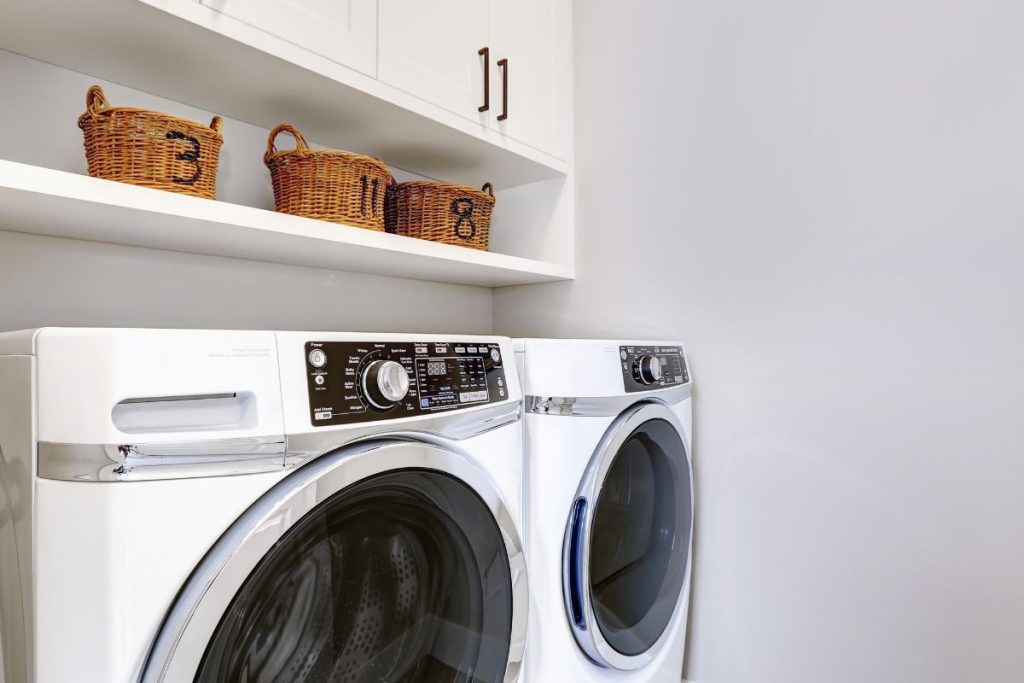
10. More Detergent Means Cleaner Clothes
More detergent means more suds, but that doesn’t mean cleaner clothes. Excess suds can redeposit soil on your clothes. They also damage the machine’s pump and drain. Over time, the buildup of leftover detergent can create mold. Too much detergent also makes your machine use more water, which is terrible for the environment and your wallet if you pay for water.
More laundry questions? Look at Laundry Love and Patric Richardson, The Laundry Evangelist -Amazing!
11. Ice Cubes Sharpen Garbage Disposals
Believe it or not, your garbage disposal doesn’t have blades. Instead, it has blunt metal “teeth,” called impellers, that grind solids into liquids. Putting ice cubes through alone doesn’t do much. You can keep your disposal clean by pouring dishwashing liquid and a pot of hot water through it. Then, add two cups of ice to the mix. On top of that, pour in a cup of coarse salt, run cold water, and turn on the garbage disposal. The salt and ice combine to create a powerful scrub. Lastly, place the peel of one lemon in the disposal and run with cold water.
12. Mixing Natural Cleaning Products
While many believe that mixing baking soda and vinegar creates an effective homemade cleaner, this is a myth. This popular combination, often found in online recipes and cleaning books, results in a fizzy reaction that’s fun for a science experiment but not for cleaning. The fizz, a result of mixing an acid (vinegar) and a base (baking soda), essentially produces salty water, neutralizing the cleaning properties of both ingredients. While salt has its place in cleaning, this particular mix isn’t the powerhouse cleaner some might expect. Interestingly, this combination is frequently used to unclog drains, a success attributed more to the reaction than any cleaning prowess. This misconception highlights why some natural cleaning mixtures are mistakenly viewed as ineffective. Individually, baking soda and vinegar are excellent for natural cleaning but lose their magic when combined.
Will understanding these myths change how you clean?
Join Us
Get our newsletter filled with practical tips on personal finance, organizing, and productivity. Plus, reviews of our favorite podcast episodes and books. 🌟 Sign Up for Our Newsletter 🌟 for your gateway to a more organized and financially savvy lifestyle.

